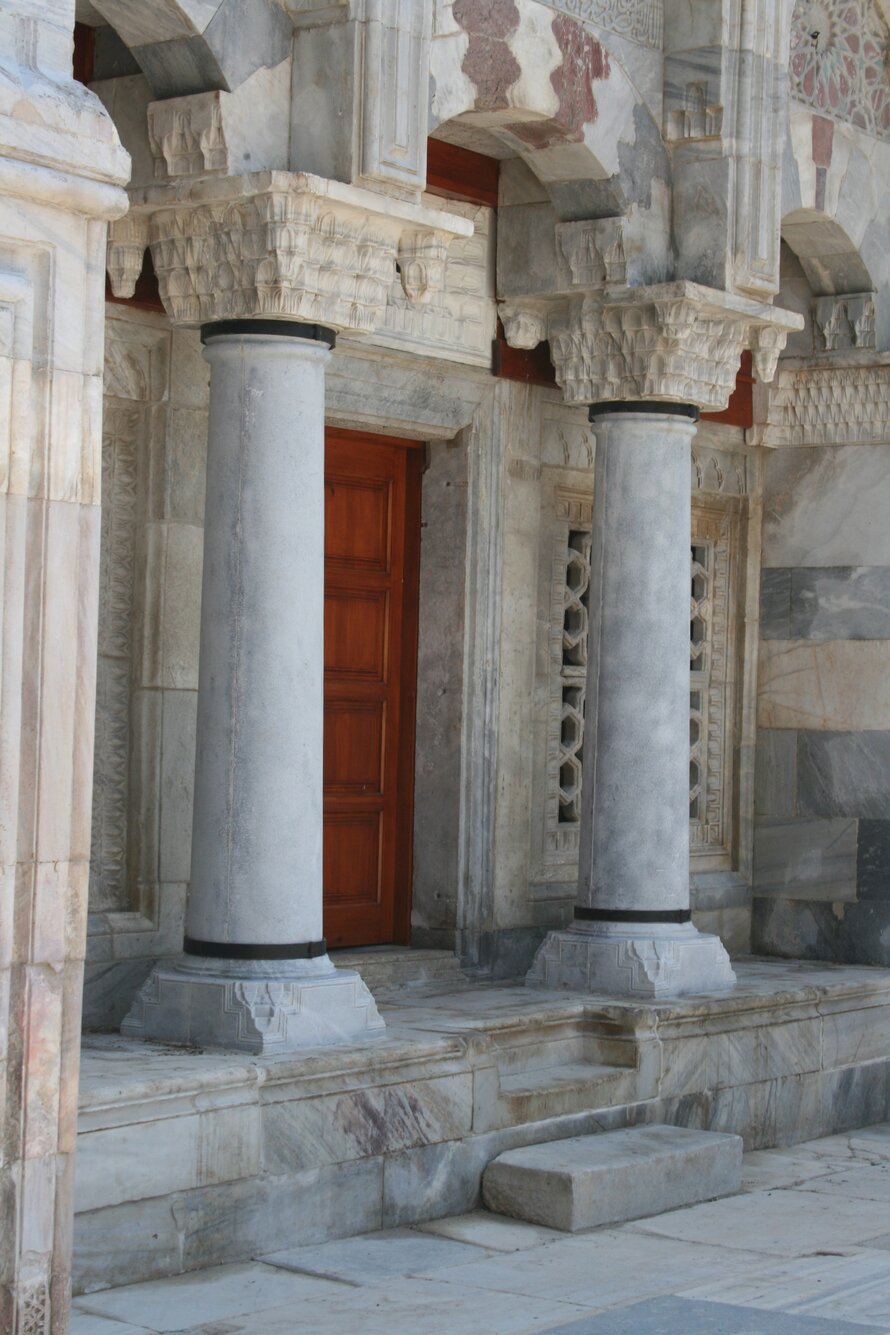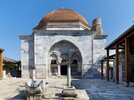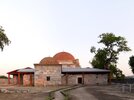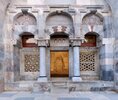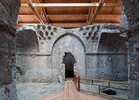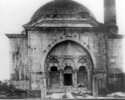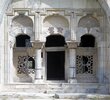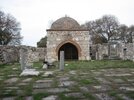Miletus Ilyas Bey Complex Conservation Project
The Miletus Ilyas Bey Complex, consisting of a mosque, a madrasah (school of higher education) and a double-hamam consisting of a section for men and of women, as well as several other structures, is located in the renowned archaeological site of Miletus, present-day town of ...
Read more
Project details
| Title: | Miletus Ilyas Bey Complex Conservation Project |
|---|---|
| Entr. year: | 2012 |
| Result: | Award |
| Country: | Turkey |
| Town: | Miletus in Didim district of Aydin |
| Category type: | building conservation |
| Notes: | Complex of religious and commuity buildings |
| Building type/ Project type: | Urban renewal/design - Village renewal/design |
| Former use: | Inner urban area |
| Actual use: | Museum-park |
| Architect / Proj.leader: | KA.BA Conservation of Historic Buildings and Architecture Ltd |
| The Jury's citation: | "The Jury appreciated the quality of the documentation, as well as the careful and delicate treatment of the remains of the complex of religious buildings dating from 1404. The restoration was executed with the cooperation of a sponsor who was deeply attached to the site and wanted to strengthen the bonds between the local people and their cultural heritage. The beautiful sanctuary has now been consolidated to withstand the shocks of future earthquakes and the missing elements have been reintegrated to complete its beauty." |
| GPS: | 37°30'44,0" N; 27°16'36,7" E |
| Web, Links: | www.vgm.gov.tr/index.aspx?Dil=EN
|
Description:
The Miletus Ilyas Bey Complex, consisting of a mosque, a madrasah (school of higher education) and a double-hamam consisting of a section for men and of women, as well as several other structures, is located in the renowned archaeological site of Miletus, present-day town of Balat, in the Aydýn province of Turkey. The project began in June 2005 and was completed in June 2011. The primary aim of the project was conserving the Complex as a cultural heritage site by ensuring the 'holistic presentation and promotion of its natural and cultural elements'. It encouraged and sustained the living traditional use of the Complex while re-using the site as a museum-park to present the multi-layered cultural heritage of the region and traditions that are associated with it. The project involved two intertwined phases: 1. Research, Architectural Documentation and Project Preparation phase, involving specialist sub-projects; 2. Implementation phase, carried out in stages based on continuous data flow from on-site investigations and research. The project's objective was successfully realized through the collaboration of all parties involved. The project enabled the revival of both tangible (the monuments and the project site) and intangible (connection of the locals with the site) cultural heritage of the region.
Similar projects
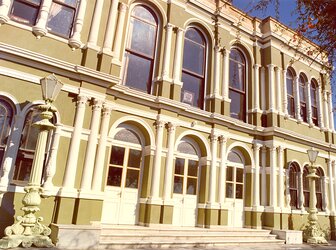
19th century
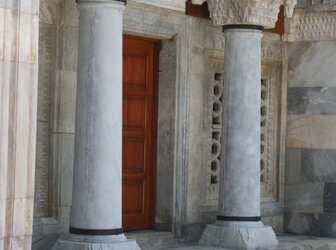

19th century

1865
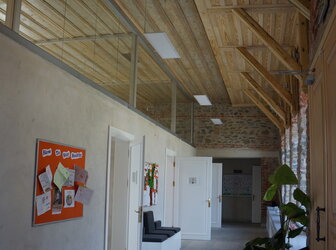
1871

19th century
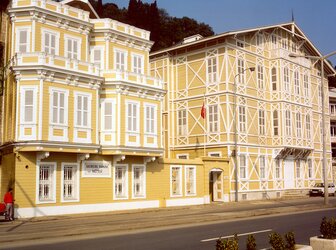
20th century
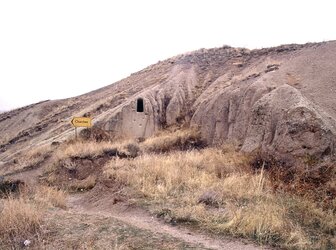
10-13th century

16th century
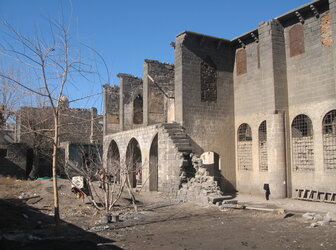
17th century
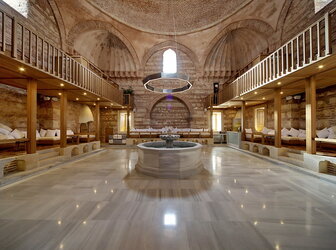
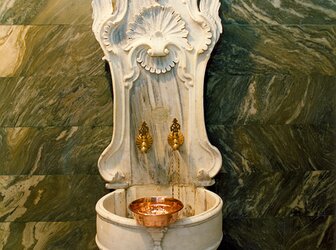
19th century
